In a small, bustling street in Port-au-Prince, the heart of Haiti, an unusual sight captured the attention of many on social media. A group of individuals, bravely marching towards the prime minister’s office, caught the eye of viewers—individuals who were living openly with HIV.
The protesters, faces unmasked and voices united in urgency, were defying a deeply ingrained stigma surrounding HIV in Haiti. Their chant echoed through the streets: “Call the minister of health! We are dying!” It was a bold move in a society where being HIV-positive often leads to rejection and isolation.
Dr. Eugene Maklin, at a hospital near Cap-Haitien, shared the harsh reality facing his 550-plus HIV patients. With medication supplies dwindling rapidly due to drastic cuts in USAID funding by former U.S. President Donald Trump’s administration, Dr. Maklin found himself grappling with delivering devastating news to those under his care.
“It’s hard to explain to them… It’s like a suicide,”
he lamented—the stark truth looming over not just his patients but an estimated 150,000 others battling HIV/AIDS in Haiti.
Among these numbers is David Jeune—a 46-year-old whose life changed forever 19 years ago after contracting the virus through unprotected sex. The fear of judgment ran deep within him; revealing his diagnosis meant risking social exile. However, with support from nonprofit organizations that championed awareness and acceptance for those living with HIV, Jeune found courage he never knew he had.
His transformation from fear-stricken silence to becoming a vocal advocate was remarkable. Joining the protest march on that Monday morning was more than just an act of defiance; it was a plea for survival as his medication reserves dwindled closer towards depletion.
The reverberations of USAID’s funding cuts were felt far beyond individual stories like Jeune’s—they reached into communities where clinics shuttered their doors due to financial strain. Patrick Jean Noël highlighted this grave consequence by underscoring how several clinics catering to thousands had been forced to cease operations—a chilling domino effect triggered by slashed aid budgets.
Patrick Jean Noël emphasized this dire situation when noting that multiple clinics had shut down following severe cuts in USAID funding: “We can’t stay silent… More people need to come out.”
Dr. Sabine Lustin shed light on another critical aspect—the pervasive stigma surrounding HIV/AIDS which shrouded patients’ lives in secrecy and fear. Many resorted to covert means of receiving medication parcels discreetly packaged as gifts—an unsettling testament to society’s deep-rooted discrimination against those infected.
Amidst this turmoil loomed concerns voiced by Marie Denis-Luque—a beacon for Haitian orphans grappling with HIV/AIDS—who spoke passionately about the urgent need for sustained support amidst dwindling resources.
The narrative painted by healthcare providers like Dr. Alain Casseus portrayed a grim reality—one where impending medicine shortages could catalyze an uptick in infections amid escalating gang violence and poverty plaguing Haiti’s landscapes.
As pharmacies struggled with depleting stocks and healthcare facilities faced imminent closures without crucial aid lifelines replenished soon—Haiti stood on uncertain ground regarding its battle against HIV/AIDS crises gripping its populace tightly.
Drastic measures such as halting prevention activities underscored ominous forecasts put forth by experts—predictions pointing towards potential spikes in infection rates should interventions continue falling prey to political crosswinds rather than steadfast commitment towards public health imperatives.
Throughout all these challenges resonated voices determined not just for survival but visibility—to be seen and heard as equals deserving compassion and care amid societal prejudices that threaten lives already hanging precariously amidst turbulent times.



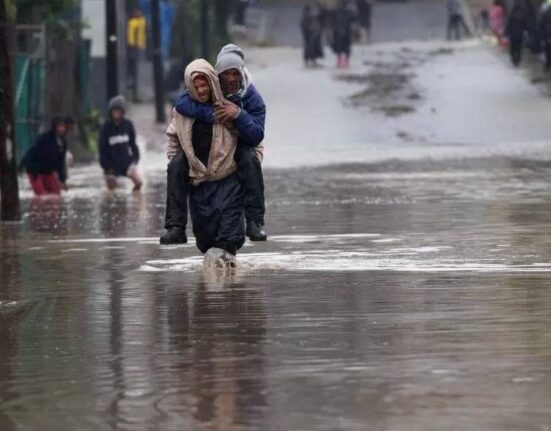
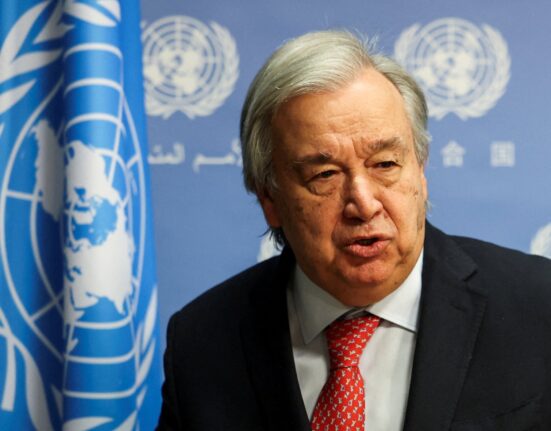
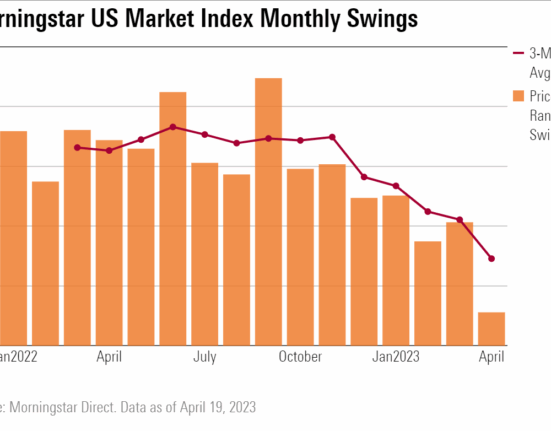
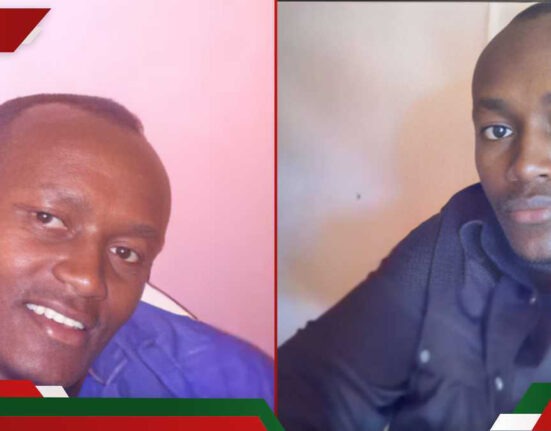
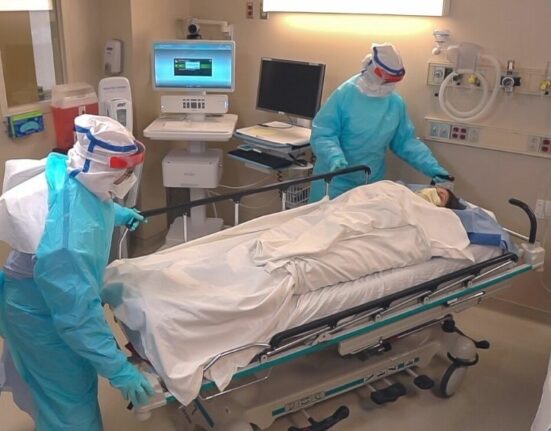
Leave feedback about this